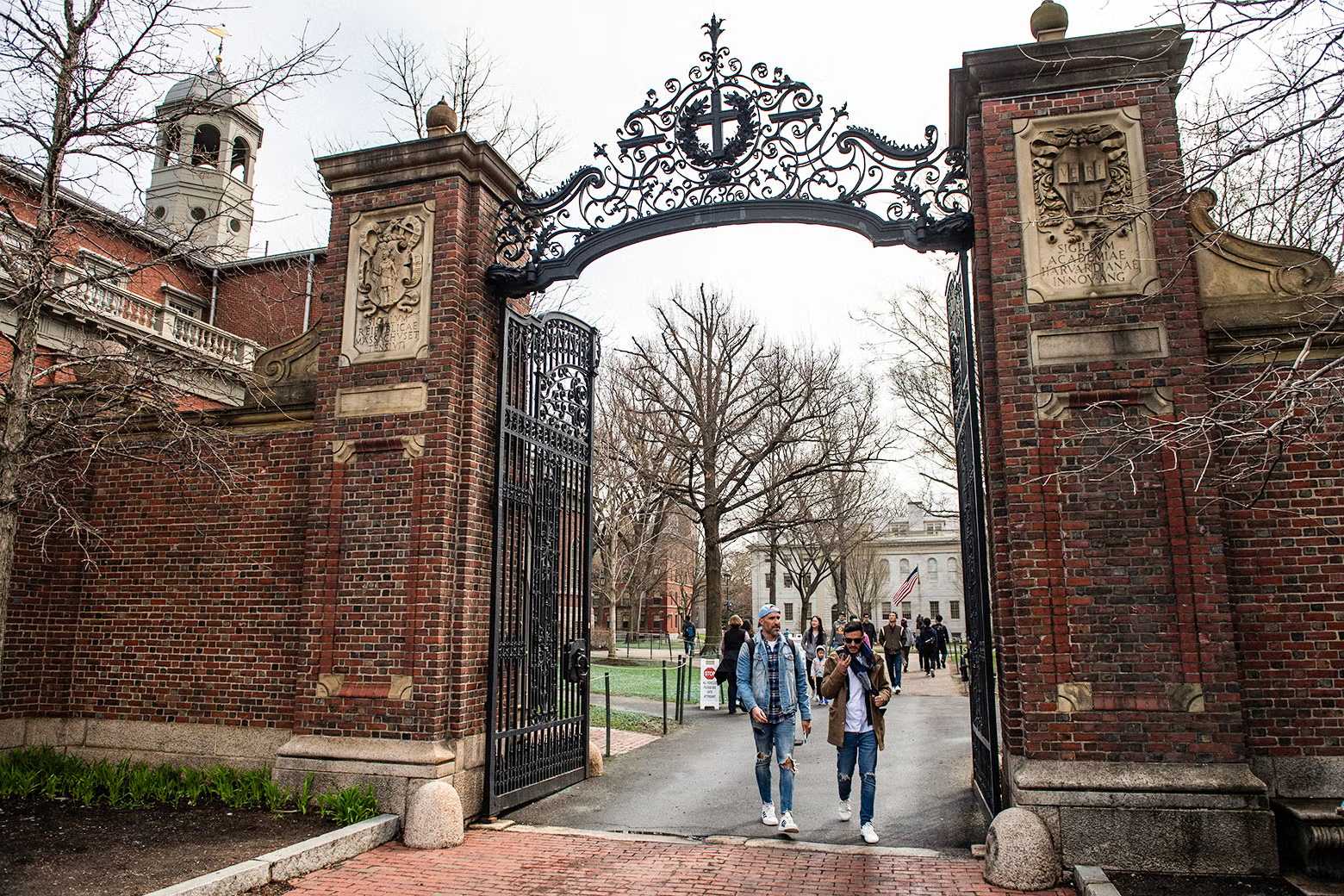The decline in the number of Chinese students is having a profound impact on U.S. universities and local communities. According to the Open Doors report released by the Institute of International Education (IIE), during the 2023/24 academic year, U.S. colleges and universities enrolled a total of 1,126,690 international students, an increase of approximately 6% compared to the previous year, setting a new historical high. However, the composition of student origins has changed significantly: the number of Indian students surged to 331,602, surpassing China for the first time and becoming the largest source of international students. Meanwhile, the number of Chinese students fell to 277,398, a decrease of about 8% from the previous year, marking the lowest level in the past decade. This divergence reflects changes in applicants’ choices and is closely linked to policy environments and intensified competition in the global education market.
Tighter visa policies are considered the primary factor behind the decline in Chinese students. According to research by the Migration Policy Institute (MPI), the F-1 visa rejection rate for Chinese students reached 36% in 2023, significantly higher than India’s approximately 15%. Meanwhile, visa processing times increased from an average of 45 days in 2020 to over 90 days in 2023. Increased uncertainty, combined with strict security reviews for applicants in sensitive fields such as engineering and computer science, has prompted many Chinese families to turn to countries such as Canada, the United Kingdom, and Australia. These countries attract talent through fast-track visa channels and immigration incentives—for example, the UK’s “Graduate Work Visa” allows graduates to work in the country for two years after graduation, while Canada and Australia offer similar pathways. MPI estimates that approximately 40% of Chinese applicants chose other countries due to visa issues.
The divergence is also evident within U.S. universities. Elite research institutions such as Harvard University and MIT, benefiting from brand recognition and resource advantages, saw international student enrollment rise by about 10%, with Chinese students still accounting for a significant portion. However, small- and mid-sized regional universities and state schools in the Midwest face enrollment pressures, with international student numbers declining by an average of 15% to 30%. This concentration of educational resources toward a few elite institutions may further weaken the competitiveness of smaller universities.
At the local level, the decrease in Chinese students has had a significant impact on small-town universities and their surrounding communities. International students generally pay full tuition, often two to three times higher than domestic students, making them a vital revenue source. Inside Higher Education reported that Cleveland State University expected a reduction of 579 international students in the 2024–2025 academic year, resulting in a tuition shortfall of approximately $11.5 million, nearly 10% of its annual budget. Niagara University and Central Michigan University also reported a 35%–40% drop in international student numbers, threatening course offerings and faculty positions. NAFSA estimates that every 1,000 fewer international students could lead to 50–100 direct job cuts at universities and 200–300 indirect job losses in surrounding communities.
The ripple effects on local economies are particularly evident. The Guardian reported that at Oxford, Ohio (home to Miami University), international students dropped from nearly 3,000 in 2019 to fewer than 800 in 2023, leading to a 30% vacancy rate in rental housing and a roughly 15% decline in dining and retail spending. NAFSA research shows that every dollar spent by international students generates approximately three dollars in indirect local economic activity. In small towns that rely heavily on universities as a single economic pillar, the decrease not only creates short-term cash flow challenges but also weakens long-term community vitality, with multicultural events and international dining establishments noticeably reduced.
The impact on research ecosystems is also significant. Chinese students account for approximately 35% of international graduate students in U.S. STEM fields, making substantial contributions in computer science, engineering, and mathematics. A reduction in international students undermines the labor supply and project diversity within research teams. The College of Engineering at the University of Michigan, Ann Arbor, reported that in 2024, graduate laboratories faced about a 20% vacancy rate due to fewer international students, forcing some projects to be delayed. In the long term, this could affect the pace of innovation in cutting-edge fields such as artificial intelligence and quantum computing, especially amid intensifying U.S.-China technological competition.
Despite the overall decline, Chinese students remain concentrated at certain top-tier universities, such as the University of Illinois Urbana-Champaign (UIUC) and the University of California, Los Angeles (UCLA), primarily in engineering, computer science, and business programs. In contrast, small- and mid-sized universities, particularly those in the Midwest and southern small towns, have been hit hardest. It is noted that changes in the number and distribution of Chinese students affect not only university finances but also the research and cultural ecosystems of U.S. higher education. Looking ahead, U.S. universities will need to establish a more transparent and stable international education environment while ensuring national security, in order to maintain their appeal in global higher education competition.



6j1g8e